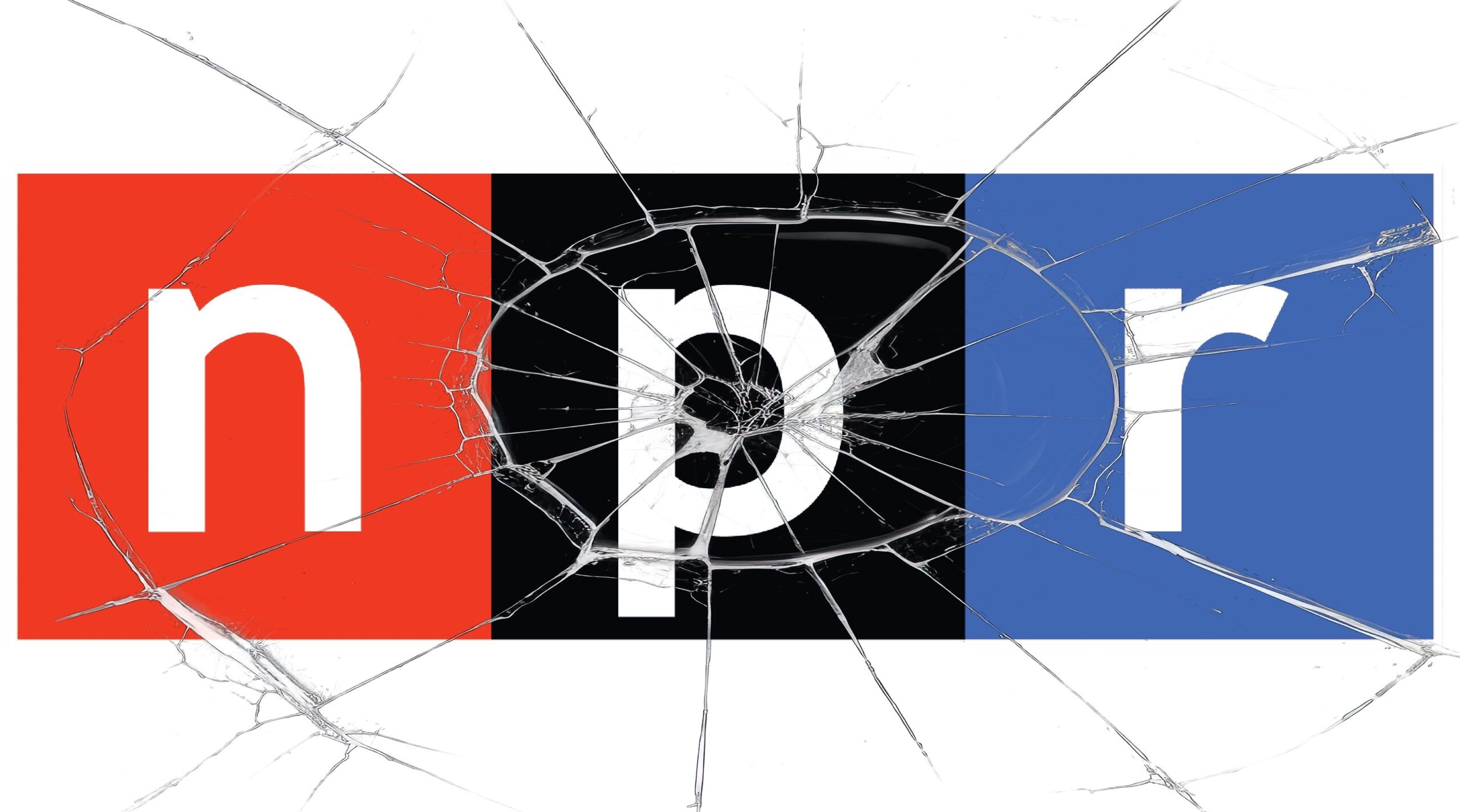By: Mark Glennon*
With no press coverage whatsoever, state-mandated, unfunded implicit bias training for all Illinois public school teachers became law on June 30. The full text of Public Act 100-0014 is linked here. The chief sponsor was Litesa Wallace (D-Rockford).
“Each school board shall require in-service training for school personnel to include training to develop cultural competency, including understanding and reducing implicit racial bias,” says the new law.
Implicit racial bias, according to the statute, “means a preference, positive or negative, for a racial or ethnic group that operates outside of awareness. This bias has three different components: affective, behavioral and cognitive.”
What’s wrong with making teachers aware of unconscious bias, “positive or negative”? Nothing, if that’s how it turns out.
But the obvious question is whether this will become another self-defeating chapter of identity politics — champions of “equity” inflaming the racial divisions they claim to oppose. Specifically, will the training be done by the likes of the National Seed Project, PEG (the Pacific Education Group) and their supporters? They’re already training teachers in many Illinois schools.
For some background on the divisiveness and catastrophic failure they can bring, see the City Journal article on their work in St. Paul. Some of the controversy they brought to one Illinois district is discussed in an Evanston Roundtable article. Another article discusses use of federal Title 1 money, which is for helping students in poor districts, to send four school board members to a PEG conference in Baltimore “to engage in deepened conversations about the systematic racism and its impact on opportunity and achievement for all students.
Becoming conscious of inadvertent bias may seem to have obvious value, but you need to ask further whether it results in discriminatory behavior. That is, do most of us overcome any implicit bias we have by conscious, egalitarian efforts? The Chronicle of Higher Education discussed that question earlier this year:
The finding that changes in implicit bias don’t lead to changes in behavior, a co-author of the paper says, “should be stunning.”
Who will pay for this new teacher training? As usual, it’s an unfunded mandate by the state. The Illinois Principals Association and the Illinois Associate of School Boards opposed the bill for that reason.
That’s about the money. But who will really pay? Here’s how that City Journal article concludes:
Some form of implicit bias training will be coming to all Illinois public schools. It’s up to you to watch your school board to ensure they do it sensibly.
*Mark Glennon is founder and Executive Editor of Wirepoints. Opinions expressed are his own.

 A set of state lawmakers want to extend CPS’ current school closing moratorium to February 1, 2027 – the same year CPS is set to transition to a fully-elected school board. That means schools like Manley High School, with capacity for more than 1,000 students but enrollment of just 78, can’t be closed for anther three years. The school spends $45,000 per student, but just 2.4% of students read at grade level.
A set of state lawmakers want to extend CPS’ current school closing moratorium to February 1, 2027 – the same year CPS is set to transition to a fully-elected school board. That means schools like Manley High School, with capacity for more than 1,000 students but enrollment of just 78, can’t be closed for anther three years. The school spends $45,000 per student, but just 2.4% of students read at grade level.
 Hopefully, all media will get the message, in Illinois, too.
Hopefully, all media will get the message, in Illinois, too. Ted joined Tom Miller of WJPF to talk about Illinois’ highest-in-the-nation property taxes, why lawmakers don’t want to touch the tax’s cost drivers, just how much Illinoisans’ tax burden has grown over the decades, why Gov. Pritzker failed to meet his promise to reform property taxes, and more.
Ted joined Tom Miller of WJPF to talk about Illinois’ highest-in-the-nation property taxes, why lawmakers don’t want to touch the tax’s cost drivers, just how much Illinoisans’ tax burden has grown over the decades, why Gov. Pritzker failed to meet his promise to reform property taxes, and more.
The real question is, after the Republicans in the House fought this measure, which passed with only a bare 60-vote majority, why did it sail through the Senate unanimously?
The Senate Roll Call was May 12, 2017.
Neither the Journal nor Transcript for any comments which took place prior to the vote are yet available.
http://www.ilga.gov
Maybe the comments are available on BlueStream for a fee, maybe they are not.
http://www.blueroomstream.com
Regardless videotapes of legislator comments prior to roll call votes, the board during the roll call votes, testimony, and committee hearings should be posted on YouTube for free anonymous access by anyone.
It takes too much time and effort to learn what is going on in State government.
The process is not transparent enough to the average person.
Here is a December 9, 2017 letter to the editor of the TribLive site covering western Pennsylvania titled, “Sounding off: ‘Implicit bias’ is Democrat doctrine,” from attorney Stephen Sokol of Lebanon, PA (Pittsburgh area).
http://triblive.com/opinion/letters/13051105-74/sounding-off-implicit-bias-is-democrat-doctrine
This unfunded mandate can be added to the next Task Force on Local Government Consolidation and Unfunded Mandates established by Executive Order of the Governor. http://www.illinois.gov/ltg/issues/localgovernments Implicit bias was also a focus at the Federal level by the Obama administration. “To achieve fuller participation, the STEM enterprise must remain vigilant in mitigating explicit and implicit bias in order to provide opportunity to all.” That from a 61 page report dated November 29, 2016 from the Office of Science and Technology Policy, Executive Office of the President, and Office of Personnel Management, Washington DC. The report’s title: “Reducing the Impact of… Read more »
Holdren! Yuck. He’s the guy who championed the global cooling movement in the 1980s then became Obama’s global warming czar.